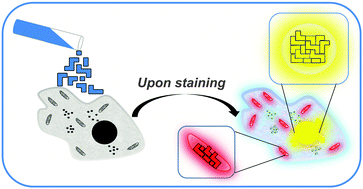The research labs headed by Marco Cecchini and Paolo Samorì in ISIS have recently demonstrated that the chemical functionalization of a prototypical PAH (coronene) by perchloro substitution significantly enhances its propensity to form a self-assembled monolayer on graphene. By using a combination of computational and experimental techniques, we showed that perchlorination enhances coronene … Continue Reading ››
Graphene-based Remote Controlled Molecular Switches
PhD Fellowships available

This excellence PhD fellowship is a three-year, full-time fellowship program for students who wish to pursue a doctoral degree in chemistry in an internationally leading group at the University of Strasbourg. This program is funded by the Ernest Solvay Fund and the … Continue Reading ››
Chiral resolution by shear flow
Thomas Hermans and his team (Non-equilibrium complex systems laboratory) recently developed a novel method for chiral separation without the use of any stationary phase. In fact, this resolution relies on the opposite behavior of two enantiomers in a well-defined shear flow. The preliminary results led to a valorization project financed by SATT Conectus … Continue Reading ››
Optically switchable transistors
Researchers from the Université de Strasbourg (France), in collaboration with the Humboldt-Universität zu Berlin (Germany), Stanford University (USA) and the Université libre de Bruxelles (Belgium), demonstrated that high-performance optically switchable field-effect transistors can be developed by blending photochromic molecules with small organic semiconducting molecules. Such multifunctional organic devices are considered as key elements … Continue Reading ››
Dynamic covalent chemistry visualized!
A collaboration between two ISIS research groups (Lehn, Samori) has revealed dynamic covalent chemistry on surfaces. They state: "The results above taken together stress the crucial role of interactions with the surface as the selection force that drives the outcome of covalent chemical reactions, allowing or inhibiting given transformations and thus leads to … Continue Reading ››
Grand Prix de la Fondation de la Maison de la Chimie 2014 (Prof. Sauvage)
The Grand Prix de la Fondation de la Maison de la Chimie 2014 has been awarded to Jean-Pierre Sauvage for “exceptional contributions to the development of catenanes, unique chemical species that can be used for producing molecular motors”. Click here for more information.
Prof. Ebbesen awarded Kavli prize!
THOMAS W. EBBESEN – Physical chemist and director of the University of Strasbourg Institute for Advanced Study, Strasbourg, France. Upending accepted theory, he discovered that light could be transmitted very efficiently through holes smaller than its own wavelength with the involvement of surface plasmons, the interaction of light with electron waves on metal … Continue Reading ››
Graphene–organic composites for electronics: optical and electronic interactions in vacuum, liquids and thin solid films
DOI: 10.1039/C3TC32153C (Feature Article) J. Mater. Chem. C,2014, 2, 3129-3143
Graphene exhibits exceptional mechanical, optical and electrical properties that are unfortunately accompanied by poor processability and tunability of its properties. The controlled interaction of graphene with tailor-made organic semiconductors (OSs) can offer a solution to solve these two … Continue Reading ››
When self-assembly meets biology: luminescent platinum complexes for imaging applications
DOI: 10.1039/C3CS60453E (Review Article) Chem. Soc. Rev.,2014, Advance Article
Matteo Mauro *ab, Alessandro Aliprandi a, Dedy Septiadi a, Nermin Seda Kehr a and Luisa De Cola *a
Luminescent platinum complexes have attractive chemical and photophysical properties such as high stability, emission in the visible region, high emission quantum yields and long excited state lifetimes. … Continue Reading ››

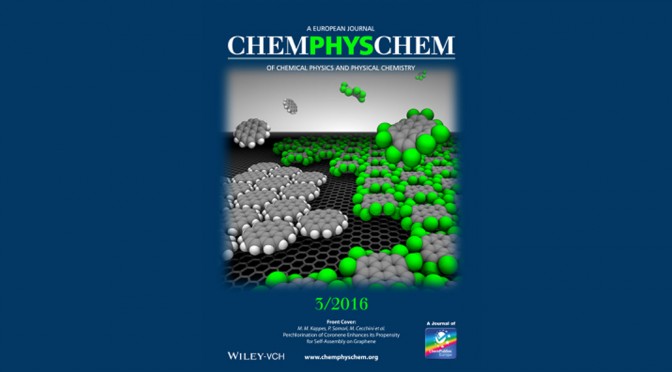
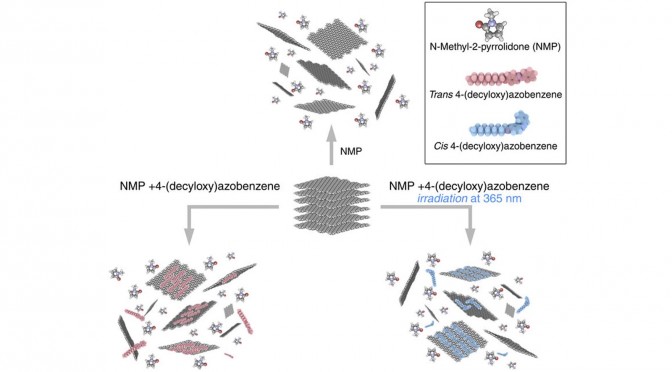
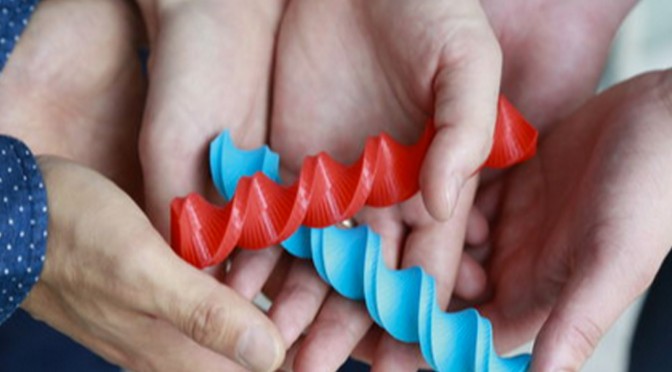
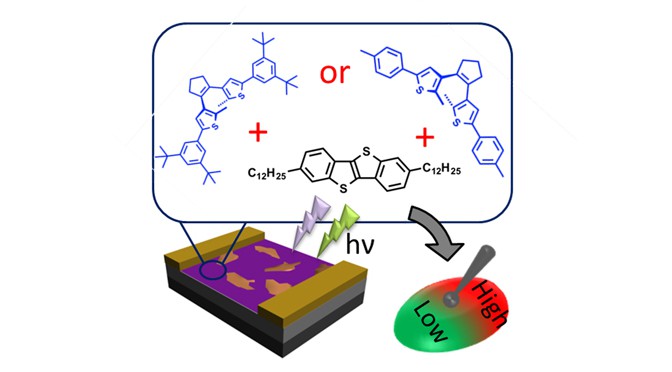


 Continue Reading ››
Continue Reading ››
